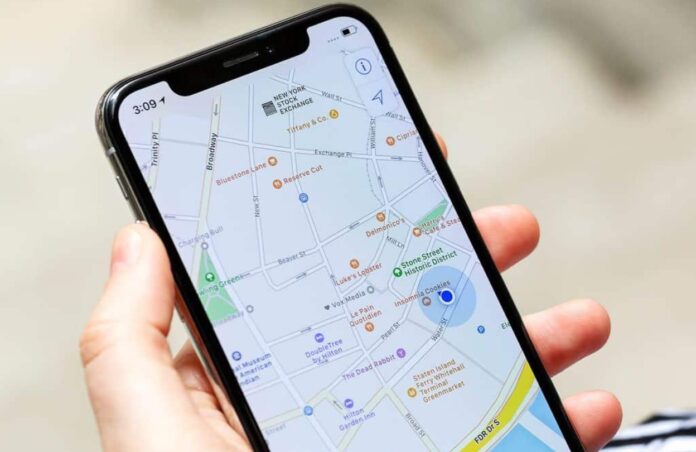
For the last couple of years, smartphones have been playing a dominant role in our lives. We can even say for sure that their importance will be increasing in times to come. They are ubiquitous, we carry them literally everywhere, and often entrust them with deeply personal and sometimes sensitive information. They are used for carrying out our daily tasks – from communicating with families, checking out our virtual mailboxes, tracking our health or transferring money with e-banking services.
However, these devices are usually equipped with solid cameras, mics and GPS that you have next to you at all times. Unfortunately, the modern ones (Android and iOS) don’t really have a satisfying privacy and security level. Whether we realize it or not, our smart gadgets could be tracking our whereabouts, including places we go and when and where we arrived.
Companies are also interested in tracking users’ behavior since they sell this information for advertising purposes based on location. We often enable GPS-based apps with certain functions, like providing directions from one destination to another, not being fully aware of how much information we give away.
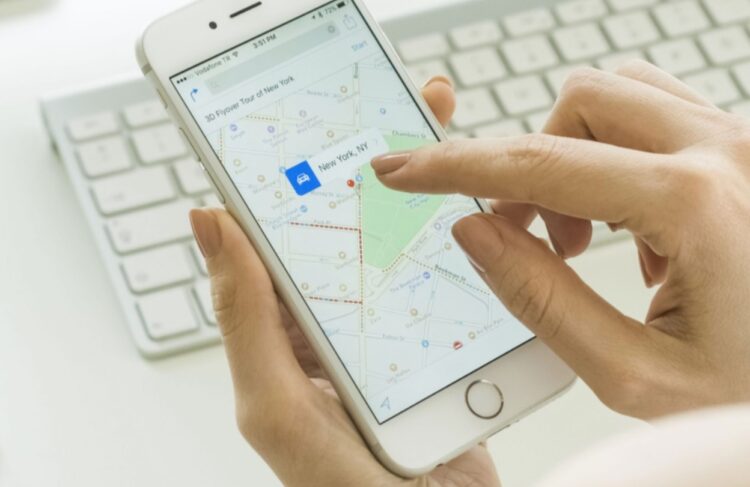
All this could sound creepy and might raise our concerns about our privacy and data protection. But are there situations when tracking could be useful and more than welcome? Something like situations when they could improve our security?
The most common situation when you might bless this option is when your digital toy is stolen. Losing a cell phone could be very stressful, especially having in mind the amount of sensitive and valuable information we store in them. None of us would feel comfortable knowing that our passwords, PIN codes, the photos of our kids or our contacts could be abused or stolen and this could have really heartbreaking consequences.
Similarly, if you just misplaced it in your house or in your office, the tracking option is also very handy.
Maybe you have already found yourselves in situations when your kid was playing with your gadget and put it somewhere where you can’t find it.
Read the following lines, as we’re using this mini-guide to explain to you how to locate your device the easy way for both iOS and Android users.
Android users
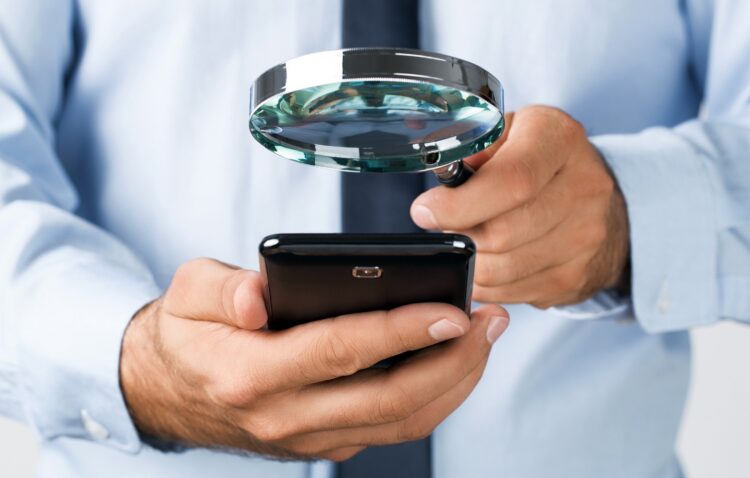
If you’re an Android user, there are numerous options for what you can do in order to prevent the worst-case scenario. Every contemporary smartphone model has a built-in trace system which is usually based on GPS.
It’s best if you enable the tracking system as soon as you turn on your mobile for the first time after you bought it. It’s always best if you have a WI-FI connection, but a mobile network or GPS will still determine your device’s position pretty accurately. You also need to have a Google account as a prerequisite of having all the tracking options enabled, both built-in or third-party apps.
Almost all Android mobiles come with the Find My Device option in their settings. This service traces your device’s location automatically, so in case the gadget is missing, you can turn on your computer or laptop, or other mobile device and it’ll make your phone ring if it’s nearby, find it’s last known location, lock it, or erase data if you’re afraid that it might be stolen. As it was already said, it’s crucial that this option is enabled in advance before your gadget is missing, or otherwise there will be no use of this feature.
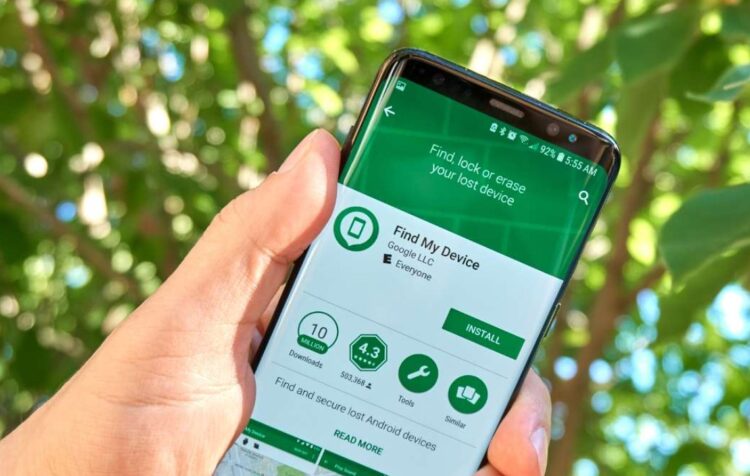
You just need to sign-in with your Google’s username and password and you’ll see a huge map with a pin on it, which represents the near-accurate location of your mobile. Be aware that sometimes Find My Device can’t locate your gadget, and if this happens you should try again – at some point it will hopefully show up. Sometimes this might happen due to a poor WI-FI or mobile network connection, so you should take care that connections are enabled and working properly.
Second, you should always have your device’s IMEI and serial number at hand. IMEI number can be easily found by typing *#06# on a dialer. The IMEI is the mobile’s ID, it’s its unique identifier through which it remains connected with cell towers, and you can easily find the serial number by clicking the Settings -> About.
Having the IMEI and the serial number could be useful especially in a case of theft, when you need to file a complaint to the police. This is why you should write them down, preferably to a cloud-based note editor so you can access them quickly and every time, regardless of whether your gadget is with you or not.
Sometimes it’s embarrassingly easy to lose or misplace your smartphone somewhere in your home and forget where you left it. In these cases possessing a Google Home Speaker can solve the issue. You just need to activate your Google Assistant by telling it with your own voice to find your gadget and it will turn your phone’s ringer on even if it was set to silent before you misplaced it.
iOS users
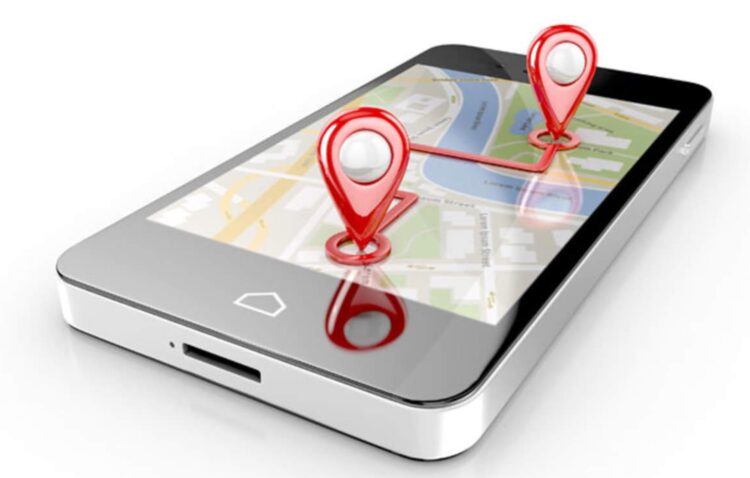
If you are, however, a member of an Apple users’ cohort, there are also some pretty convenient and easy ways to find your gadget in the situations described above.
Find My App function is one of the stellar built-in Apple devices’ features which enables you to easily start following your device. You just need to sign in to your iCloud and have Location Services turned on, and voila – tracking down a lost or missing gadget has never been easier.
Also, Find My App includes Activation Lock, a feature that prevents anyone else from using your iPhone or iPad. Similar to Android, you should have your iPhone’s IMEI and serial number written down and at hand in case of an investigation.
Apart from the built-in tracking functions, there are also plenty of third-party apps that could easily and efficiently locate a device which isn’t just one more of the tons of hidden apps, as it puts it’s focus on a secure side of the tracking, available for both Android and iOS, offering protection from accidental misplace or theft.
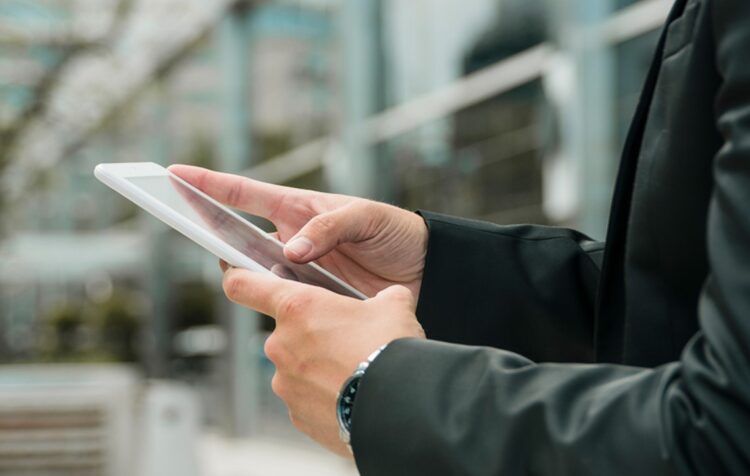
Visit https://www.phonetracker.com/ for more information.
It’s obvious that phone tracking doesn’t have to be a privacy-intrusive thing. On the contrary, it could often be a valuable and useful option. Since our smart gadgets are holding so much important information, it’s crucial that we’re able to locate and retrieve them at any time, to protect our privacy and online security.





